This article details the Microsoft Azure Virtual Desktop and Windows 365 licencing requirements. Reading and understanding Microsoft licencing requires extra-terrestrial powers that I don’t have. Here’s how I understand things and I could be wrong!
Azure Virtual Desktop (AVD) licencing requirements
Windows 10 Enterprise is a requirement for Windows 10 based Azure Virtual Desktops. Windows 10 Enterprise is an upgrade license to Windows Pro devices. Windows 10 Enterprise may be licensed through the Windows Enterprise per device license or a plan that includes it (more on later in the article). Alternatively, users without Windows Pro devices can still license Windows Enterprise for remote virtualization scenarios with the Windows VDA E3 or E5 license. Here are the options in more detail:
- Windows 10 Enterprise E3/E5 per User licence
- Requires:
- Primary user’s primary work device must be licensed for Windows 7/8/8.1/10 Pro, Enterprise, or Education
- Requires:
- Windows 10 Enterprise E3/E5 per user add-on licence (a discounted licence based on existing investment)
- Requires:
- Windows 10 Enterprise per Device licence
- Requires:
- Windows VDA E3/E5 per User
- Requires:
- no device requirements
- Requires:
- Windows VDA E3/E5 per user add-on licence (a discounted licence based on existing investment)
- Requires:
- Software Assurance for the Windows desktop operating system or
- Windows VDA subscription on a per device basis
- Requires:
The above assumes a Windows 10 Desktop. In addition to the above, you will pay for Azure consumption to host the Virtual Desktops and related environment (e.g. network, AD etc depending on your setup).
A Windows VDA per User license allows access to up to four concurrent Windows virtual machines. This licencing mechanism is useful in situations where your need users to be able to access their Virtual Desktop from anywhere and where they don’t have a device licenced with a Qualifying Operating System. Examples:
- A user’s primary device is a thin client at work that has been licensed for VDI. The user also needs the flexibility to access their VDI desktops from home or while
traveling using their personal tablet device. - A contractor to your company requires access to your companies VDI desktops.
Windows 365 licencing requirements
Windows 365 high-level differences
There are two versions of Windows 365. At a high-level here are the differences:
- Windows 365 Business – hosted in a Microsoft managed Azure subscription. Windows 365 Business is fully managed by the end user and is much like a virtual version of a personal computer. With no built-in management tools or custom base/gold image support, this is suitable for small businesses.
- Windows 365 Enterprise – also hosted in a Microsoft managed Azure subscription, however, network access/management is plumbed into your own Azure tenant. Additionally, Microsoft Endpoint Manager is supported (and required) as are custom base/gold images. Windows 365 Enterprise is suitable for businesses that need more control over their virtual fleet.
Windows 365 licencing requirements
- Windows 365 Business
- A Windows 365 Business per user licence (licence tiers dependant on virtual desktop spec).
- Note: If the users primary work machine is Windows 10 Pro, Enterprise, or Education, you can take advantage of the Windows Hybrid Benefit discount
- A Windows 365 Business per user licence (licence tiers dependant on virtual desktop spec).
- Windows 365 Enterprise – in addition to that mentioned for AVD:
- A Windows 365 Enterprise per user licence (licence tiers dependant on virtual desktop spec)
- Windows Endpoint Manager
- Azure Active Directory P1
There are no Azure consumption costs for Windows 365 to host the Virtual Desktops. The Windows 365 per user licence covers this cost as the virtual machines are hosted in a Microsoft managed Azure subscription. In the case of Windows 365 Enterprise, there will be a consumption cost for network-based activity.
Microsoft 365 licences that include what you need
Note: The following licences include Windows 10 Enterprise E3/E5 per user. As noted above, the primary user’s primary work device must be licensed for Windows 7/8/8.1/10 Pro, Enterprise, or Education.
Azure Virtual Desktop
- Microsoft 365 F3/E3/E5/BP
Windows 365 Business
- No additional licensing required
Windows 365 Enterprise
- Microsoft 365 F3/E3/E5/BP
- Enterprise Mobility & Security E3/E5 + Windows 10 Enterprise E3/E5
References
- Licensing Windows Desktop OS for Virtual Machines
- Get started with Windows 365 – Microsoft Tech Community
- Windows 365 Frequently Asked Questions | Microsoft
- Microsoft Windows | Microsoft Licensing Resources
Related Articles
- Azure Virtual Desktop Review
- Active Directory Options Demystified
- Azure Virtual Desktop Domain Join Options
- Manage Azure Virtual Desktop with Endpoint Manager (Intune)
- Azure Virtual Desktop Classic vs ARM



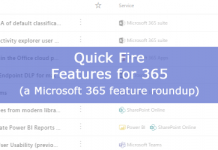

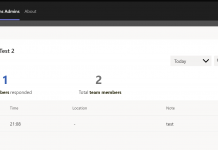

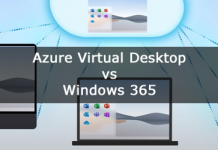
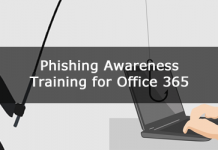





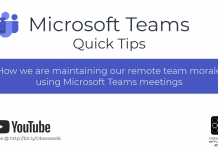


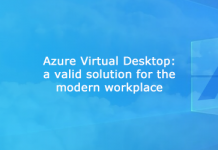
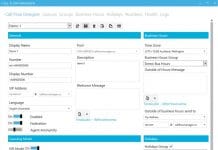




Hi, thanks for the article it helped clear up a few things for me. QQ – I am trying to build an AVD lab environment – do I need an Office E3/E5 license in order to actually create the AVD hosts and session pools? Presumably said license needs to be registered to my azure subscription owner account…?
Thanks, and no problem. You won’t need a user licence to build AVD. You’ll just pay the Azure consumption. The server and user licencing are honesty based. I’m not sure on the rules around labs, but if you don’t put it into production you should be ok 🙂